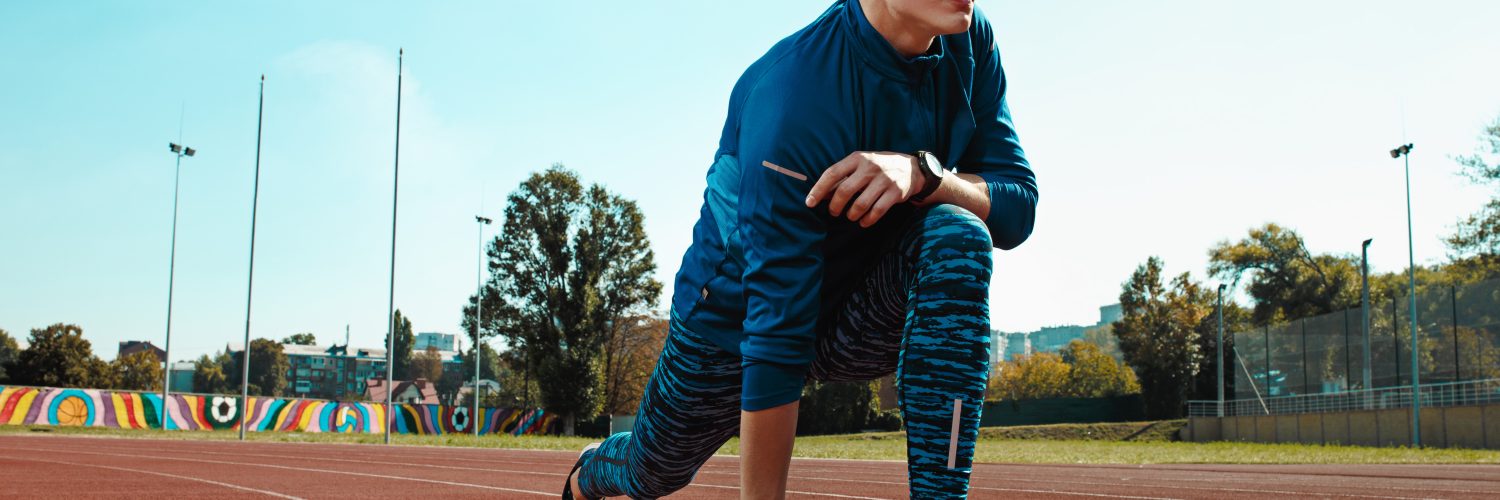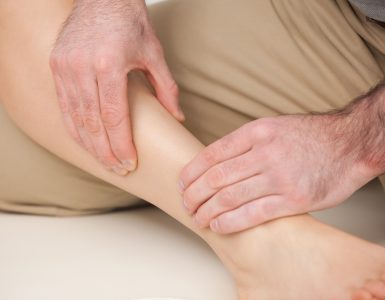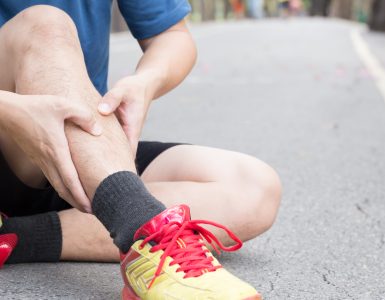What causes shin splints?
Shin splints are typically an overuse injury which causes repeated stress on the shinbone and the connective tissues that attach the muscles to the bone causing inflammation and pain. Usually associated with running, it often occurs when you have a sudden change in your physical activity, such as changing the frequency or intensity of your run, changing the terrain you run on or it could be related to incorrect technique, muscular issues, the mechanics of your foot or poor shoe choice.
What can I do to prevent getting a shin splint?
It is important if you are a runner or other athlete to ensure that you consider ways to help prevent you from suffering from a shin splint:
- Manage your training. Don’t try to increase your training too quickly. Increase your intensity and length gradually over a period of time, so it does not put too much strain on your shins. A 10% increase each week is a good target to aim for.
- Stretching. Have a good stretching program for before and after exercising.
- Wear supportive shoes. Ensure you have properly fitting shoes that support the arches of your feet. If necessary, get some orthotic inserts to correct any problems you may have.
- Strength training. Include regular training to strengthen your core, hips and legs and ankles, including your calves and foot muscles.
- Cross train. Include some low impact activities such as swimming and cycling to minimise the impact on your shins.
- Healthy diet and weight. Ensure that you maintain a healthy balanced diet and match your calorie intake to your activity level. Extra weight can put added stress and impact on to your shins.
- Running surface. Avoid surfaces that are hard, uneven or hilly as they create higher impact. Choose a softer surface such as a grassy oval or running track.
- Pain. If you are experiencing shin pain, reduce your activity level until it improves and use an ice pack.
If you think you may be suffering from a shin splint, it is important to cease the activity that is causing it, rest with your leg up and apply ice. If it does not improve, seek medical advice.













